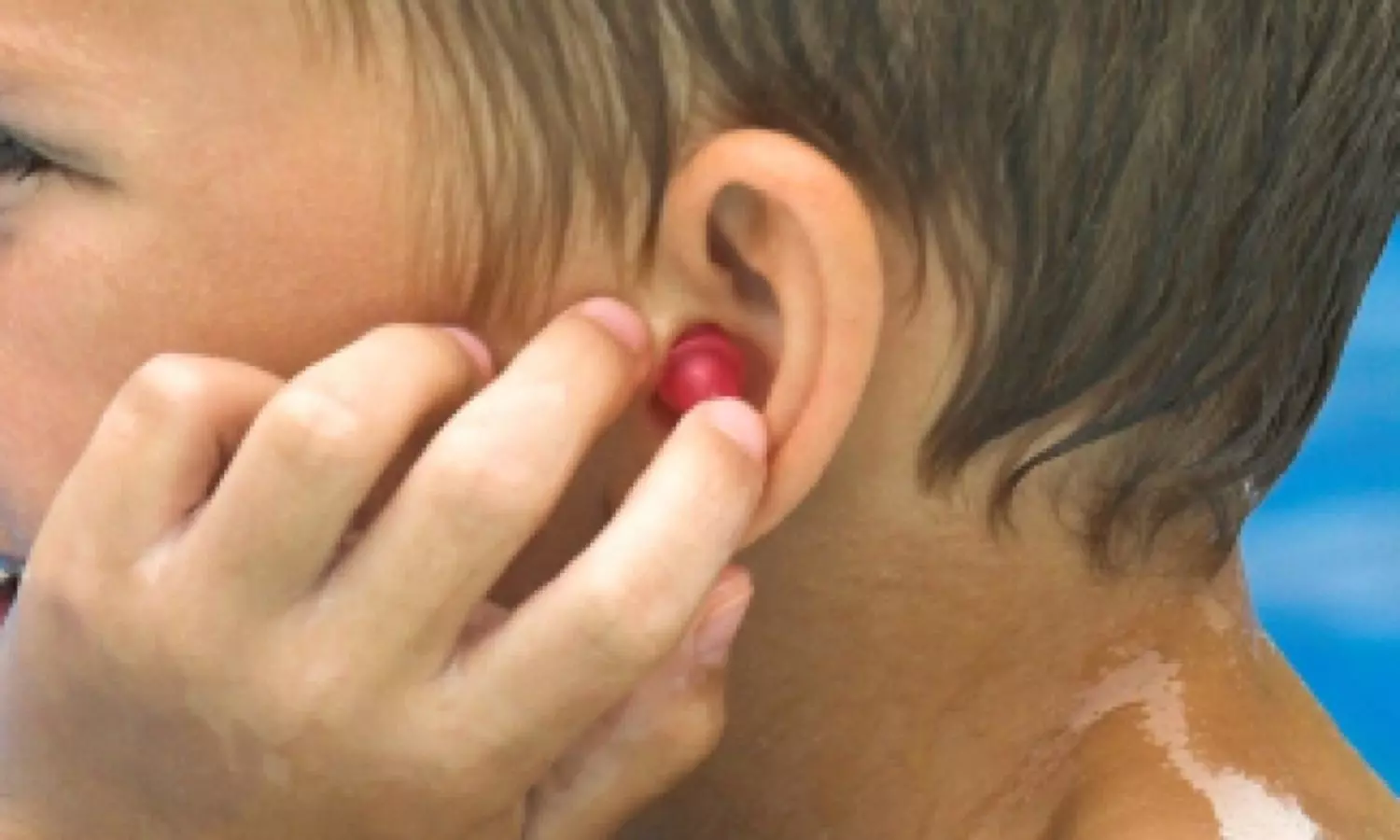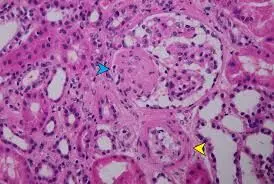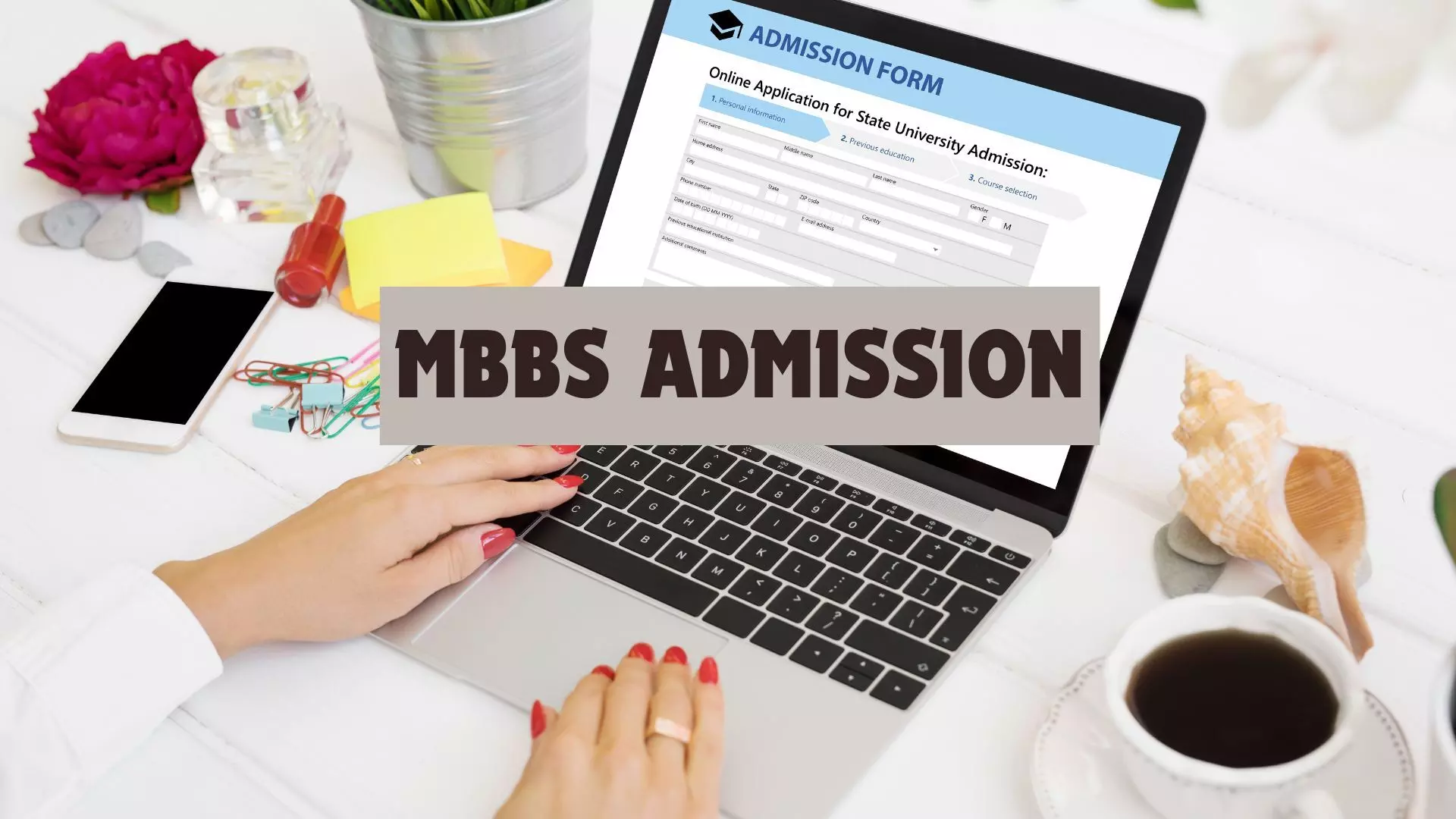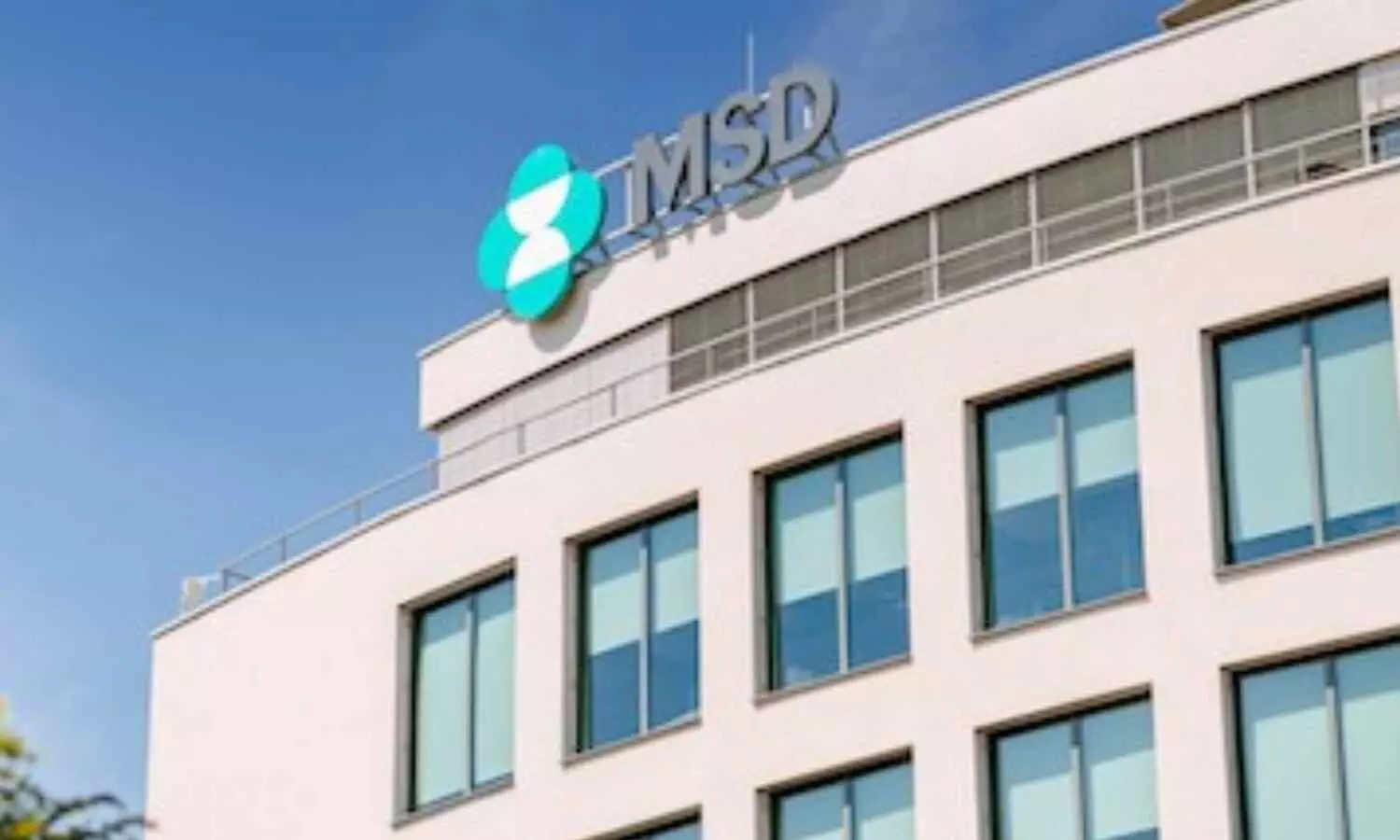Higher Likelihood of Tympanostomy Tube Replacement in Children with Cleft Palate Post-Surgery, Study Finds

USA: Tympanostomy tubes, commonly known as ear tubes, are a standard treatment for children with recurrent ear infections or persistent fluid buildup in the middle ear. However, the longevity and necessity for replacing these tubes vary among patients. A recent study has shed light on the risk factors influencing the need for tube replacement after surgical removal, aiming to enhance understanding and management in pediatric ear care.
The majority of children undergoing tympanostomy tube removal and myringoplasty do not require replacements. The new study, published in Otolaryngology-Head and Neck Surgery, identified that cleft abnormality increased the need for replacement tubes. Additionally, prolonged tube durations exceeding three years were linked to reduced success rates for myringoplasty.
“It is recommended that tympanostomy tube removal be considered within 2 to 3 years after placement for most patients, with longer durations potentially considered for children who have undergone cleft palate repair,” the researchers wrote.
The surgical procedures of ear tube removal and patch myringoplasty are commonly performed, with varying indications and timing recommended by otolaryngologists. Tympanostomy tubes are typically designed to stay in place temporarily, aiding in ventilation and drainage until natural healing occurs. However, in some cases, new tubes may be required due to persistent issues.
Against the above background, John Faria, Department of Otolaryngology, University of Rochester, Rochester, New York, USA, and colleagues identified risk factors associated with the need for replacing tympanostomy tubes after tube removal and myringoplasty.
The study utilized a case series approach with a chart review conducted within a single institution’s academic otolaryngology practice. The research focused on pediatric patients under 12 years old who underwent tympanostomy tube removal and myringoplasty at the University of Rochester Medical Center between March 2011 and September 2019. Patients who had tympanostomy tube removal, specifically due to chronic otorrhea, were excluded from the study criteria.
The study led to the following findings:
- One hundred sixty-one patients (230 ears) met the inclusion criteria and had sufficient follow-up.
- Myringoplasty success after tube removal was 94.8%.
- Successful myringoplasty was associated with shorter tube duration (32 months) versus unsuccessful myringoplasty (40 months).
- Replacement tympanostomy tubes after myringoplasty occurred in 9.6% of ears.
- There was no difference in average patient age or duration of tubes in patients who required replacement of tympanostomy tubes versus patients who did not require tube replacement.
- Patients with a cleft abnormality were more likely to require tympanostomy tube replacement.
“The study on risk factors for tympanostomy tube replacement provides valuable insights into optimizing care for children with ear conditions, highlighting the importance of tailored management approaches and regular follow-up to mitigate the need for further interventions,” the researchers concluded.
Reference:
Wie K, Shaw S, Allen P, Castle M, McKenna M, Faria J. Risk Factors for Replacement of Tympanostomy Tubes After Surgical Removal for Pediatric Patients. Otolaryngol Head Neck Surg. 2024 Jul 17. doi: 10.1002/ohn.909. Epub ahead of print. PMID: 39015070.
Powered by WPeMatico











